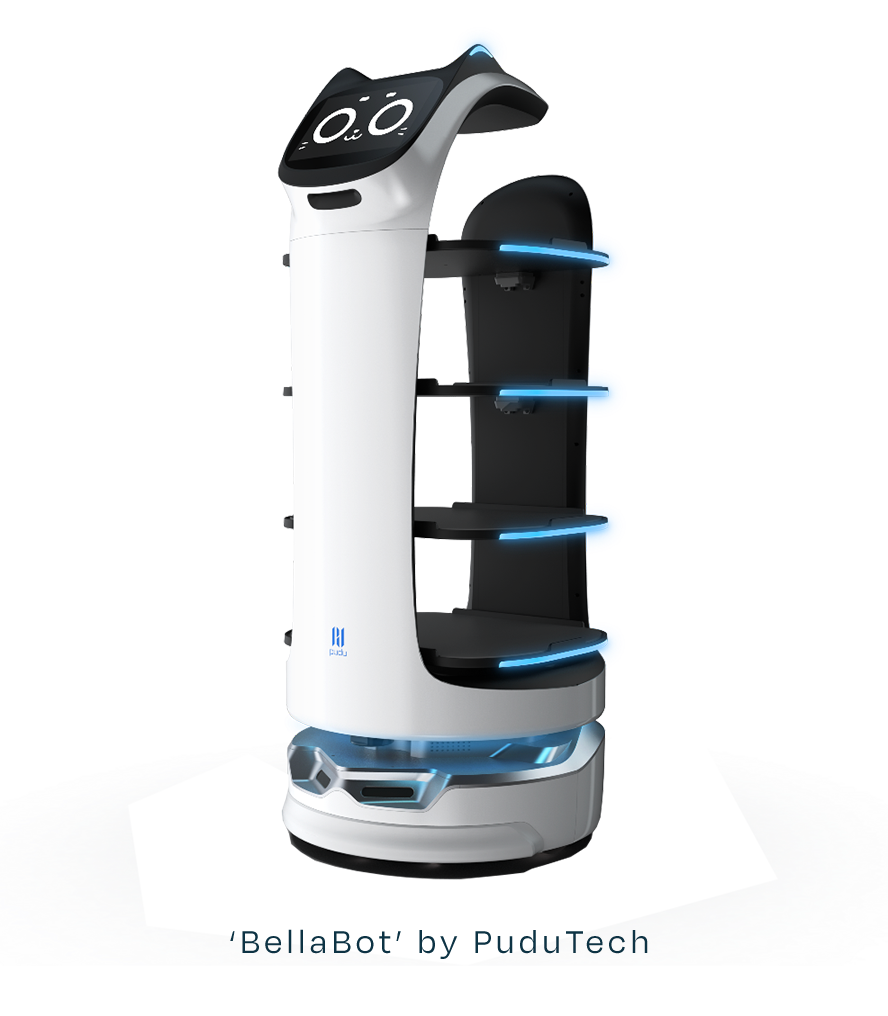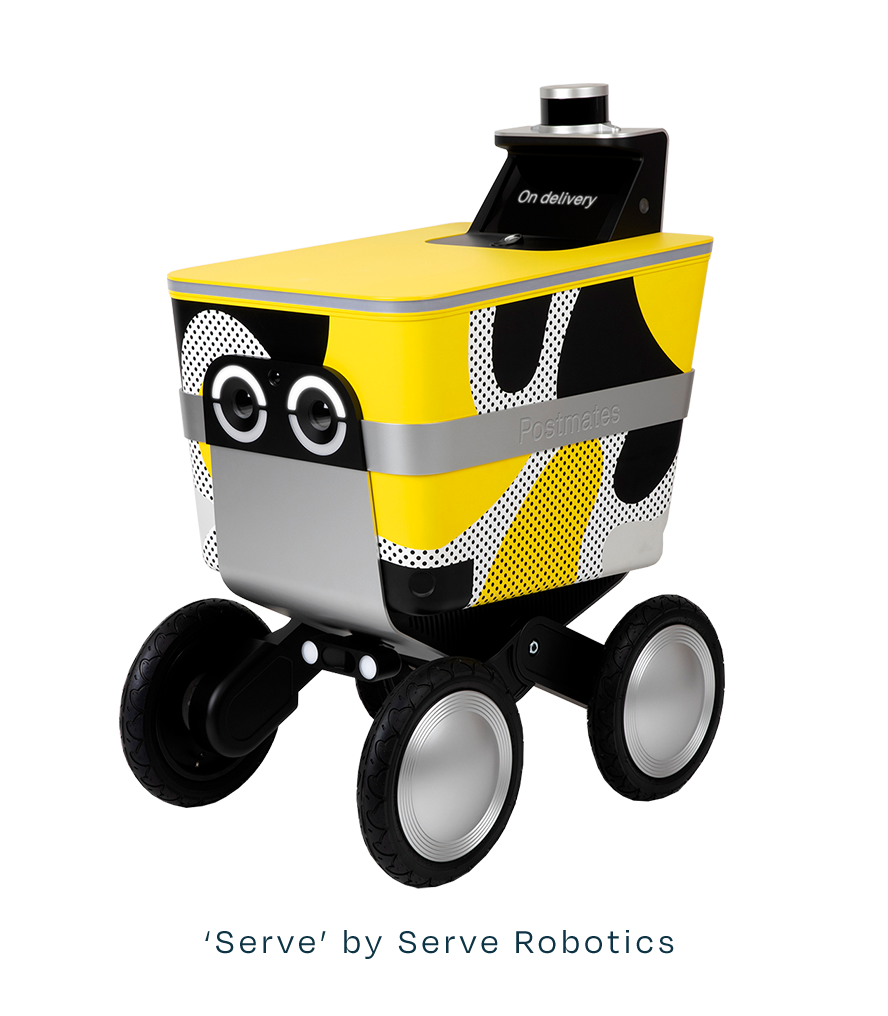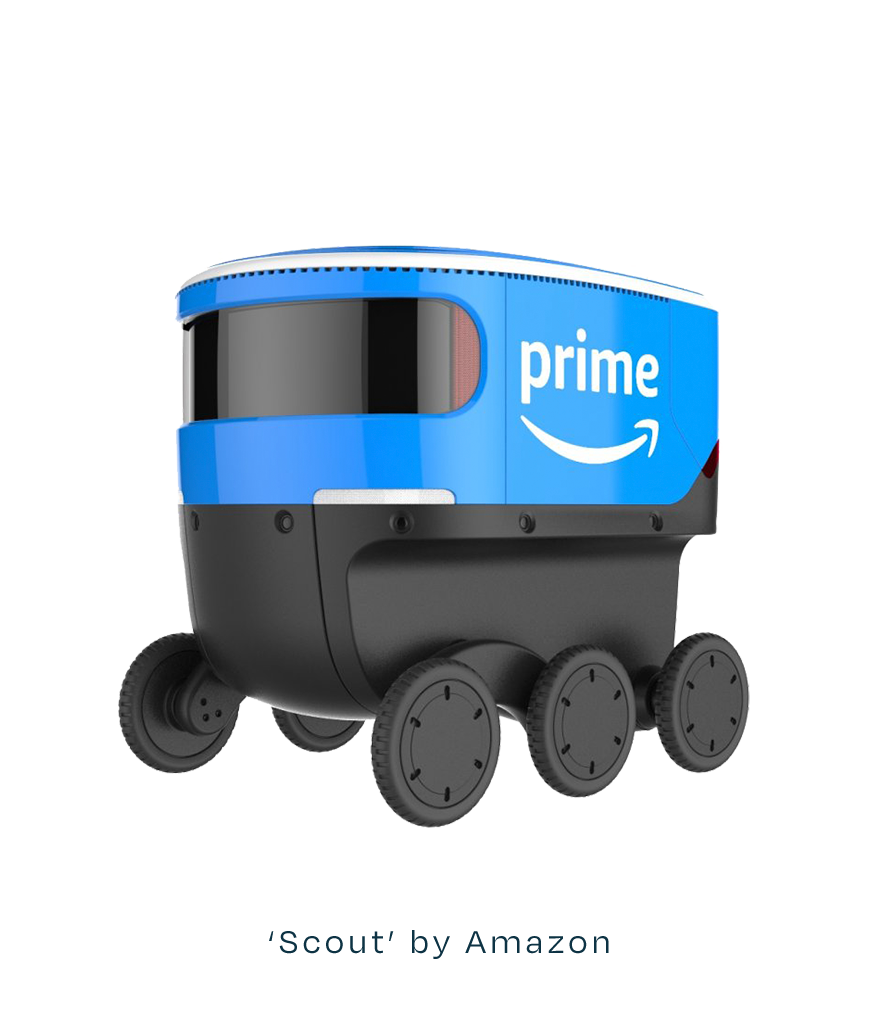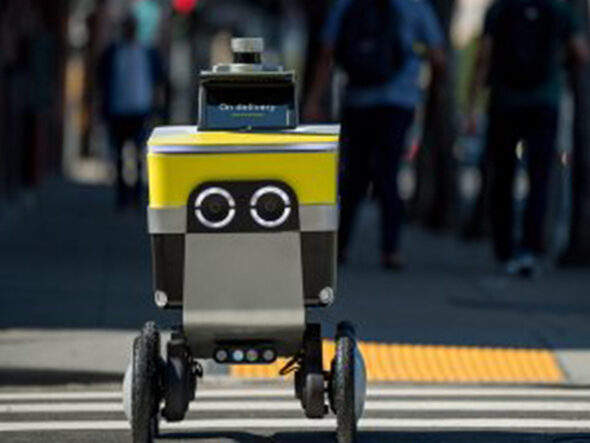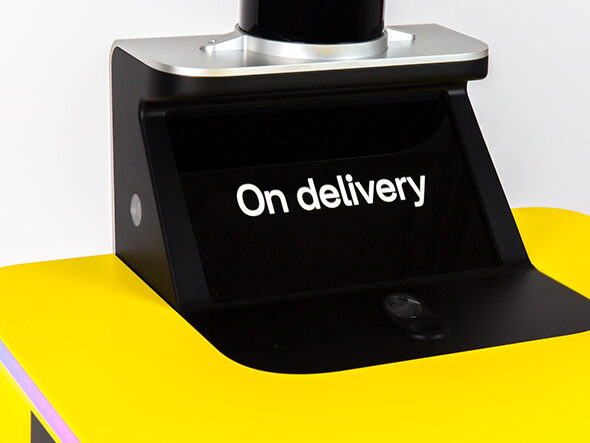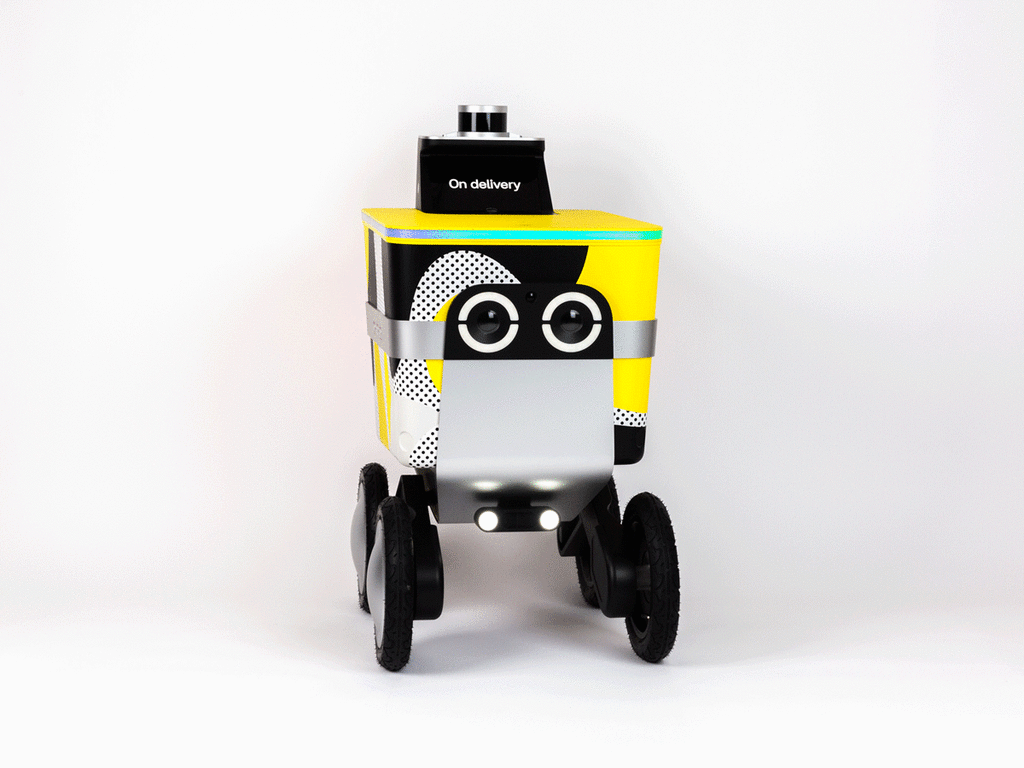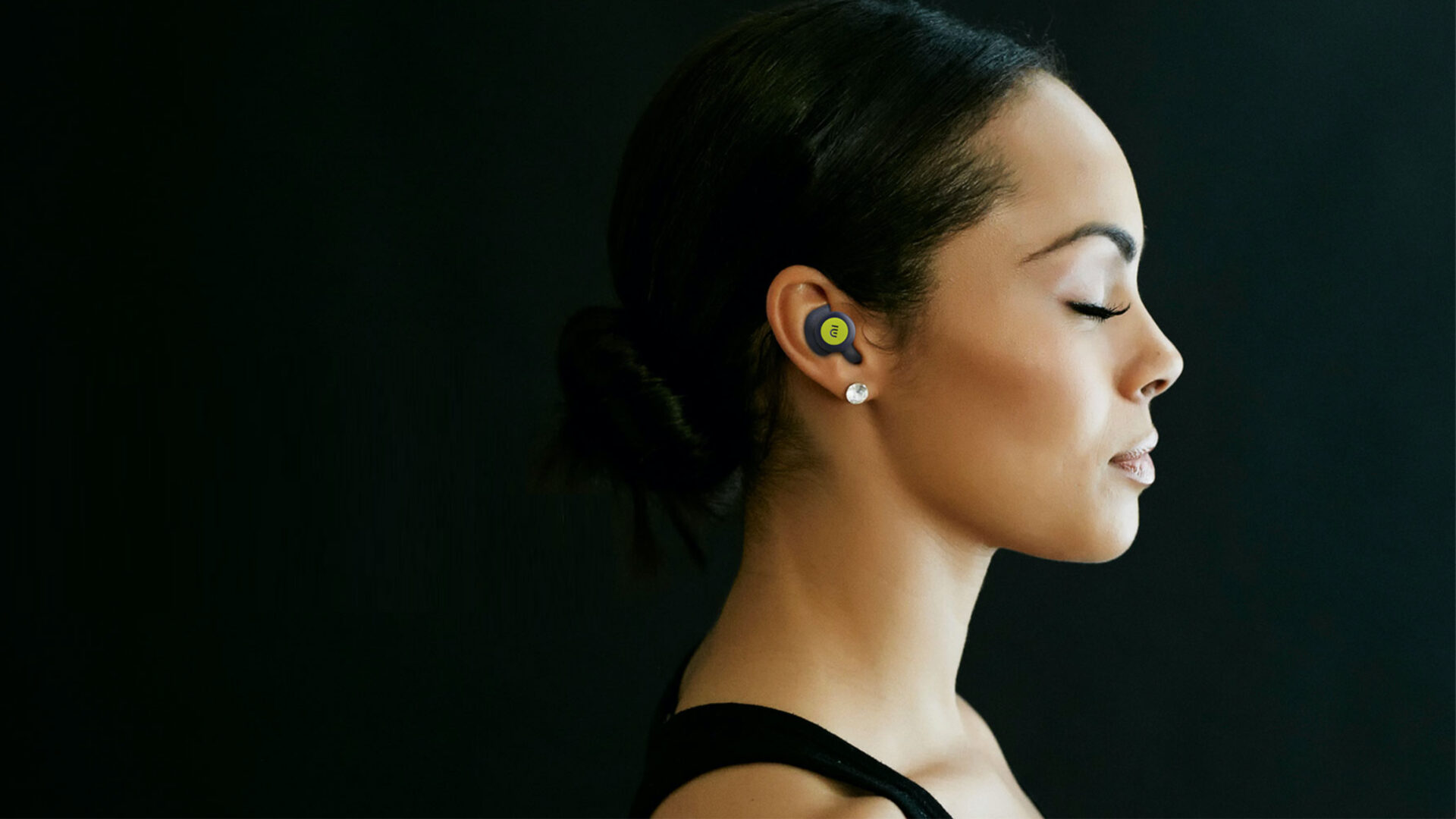
Designing for Urban Autonomous, Last-Mile Delivery
Bringing autonomous delivery to life with Postmates
20 million restaurant deliveries per day; too many of them happen by car. Postmates had a bold vision, and needed clarity on designing and introducing urban autonomous, last-mile delivery.
We partnered with Postmates X to inform, inspire, and guide their teams toward the design direction, development, and release of Serve, Postmates’ autonomous rover for last-mile delivery.
- Quantitative Research
- Qualitative Research
- Experience Strategy
- Generative Research
- Evaluative Research
- Design Research Education
- Human Factors & Ergonomics
Foundation
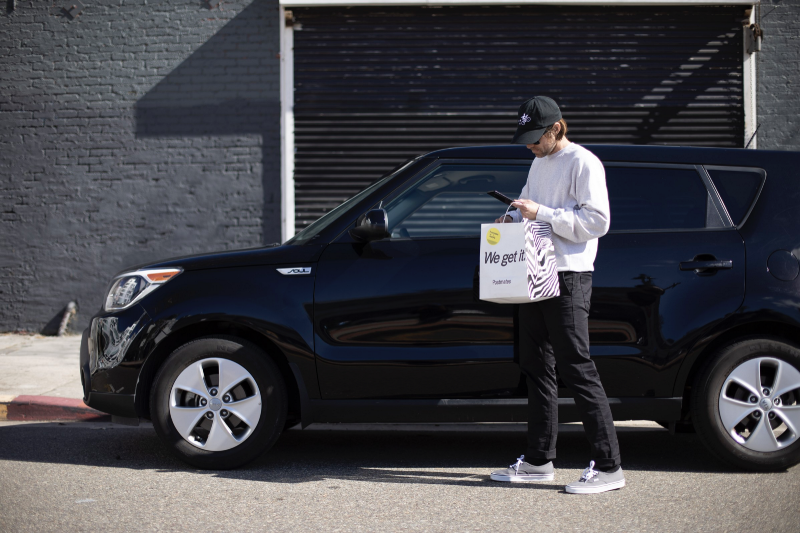
Images above courtesy of Serve Robotics
Postmates has a vision to become the most efficient logistics company in the world. Powered by incredible data and algorithmic sophistication, they are well on their way. In 2017, they acquired Dr. Ali Kashani and his robotics startup. When Ali approached us in 2018, he had studied the power of human-centered design, but had yet to implement it with his growing team at Postmates X.

So what might this grand vision look like, practically speaking? How about a zero-emission vehicle that could supplant two-pound burritos being driven by two ton automobiles? As a mission-driven studio, this was a future we were thrilled to bring to life. Postmates brought us on as the critical human-centered research and strategy partner, asked to illuminate key questions of desirability and adoption of this emerging technology ecosystem. Postmates had several conceptual rover directions designed for them, but lacked data to inform these concepts and feedback from potential users to guide their decision-making as they neared critical inflection points in their roadmap.
Approach
How might – and how should – an urban autonomous delivery vehicle interact with customers, pedestrians, cyclists, cars, and tiny humans closest in height on its route to and from a delivery? What biases, fears, and perceptions do people in urban centers, especially in the target launch markets, hold about autonomous vehicles and robots joining their sidewalks? How are major metropolitan cities in the U.S. shifting, and which emerging patterns and changes might impact how a rover would interact with traffic patterns or other motorists? From which direction and which actors might antagonism develop, and how might we effectively acknowledge the underlying needs and motivations that could result in vandalism, violence, theft, or rejection? How might we effectively introduce the rover for maximum adoption in a climate where so many technologies are dehumanizing our communities?

1400+ Research Participants
Our mixed methods study sampled over 1400 people and used highly-targeted sampling practices to generate rich, instructive, and actionable insights.
To help Postmates in their design process, development sprint, and launch of their first autonomous rovers, we partnered with the Postmates X team to unearth the missing human perspective, and advise on design strategy and positioning. Blumline created a mixed methods study with a large-scale, highly targeted survey, leveraging Postmates' digital and physical rover prototypes to uncover perceptions, expectations, fears, values, and behaviors.
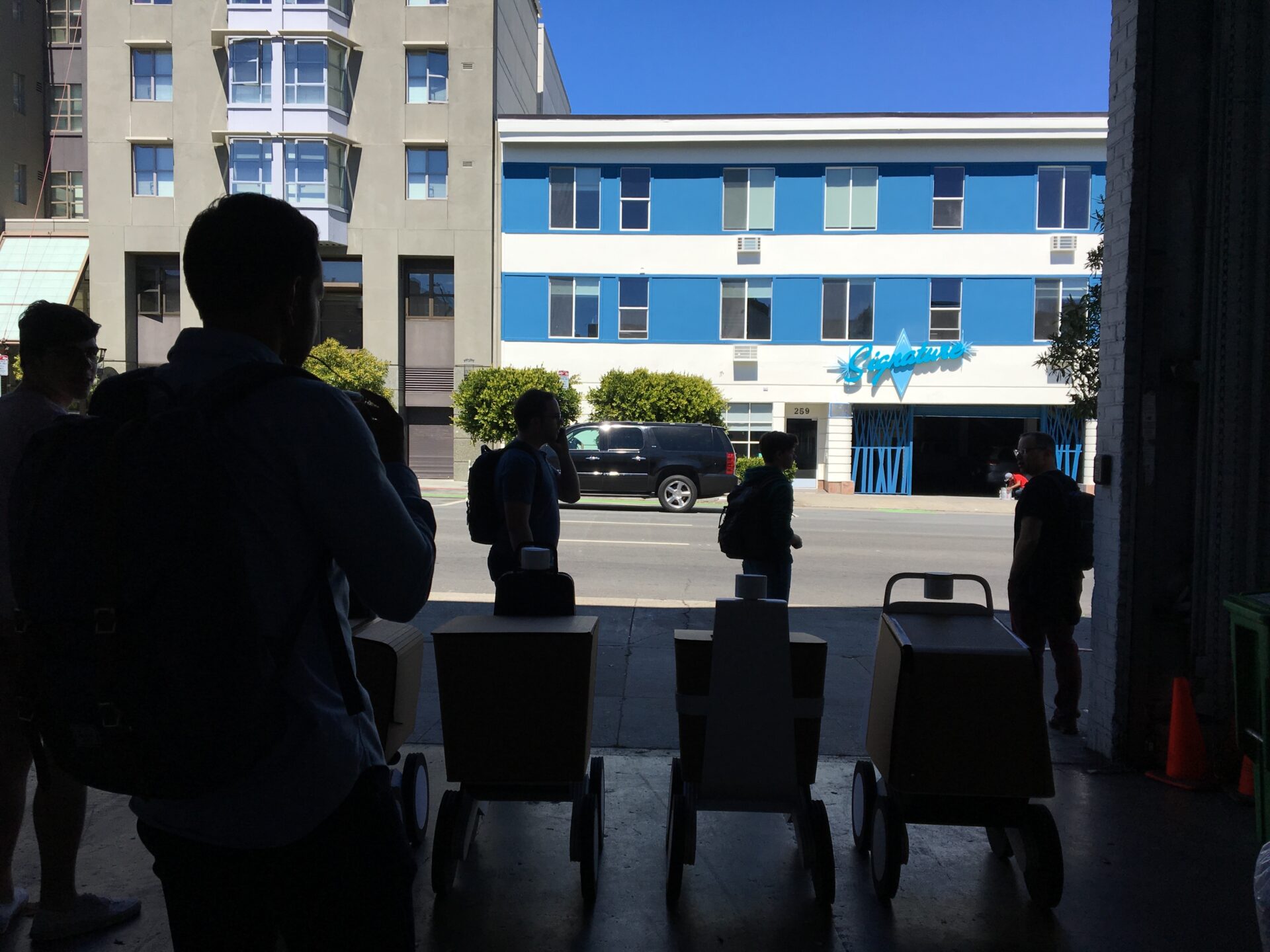
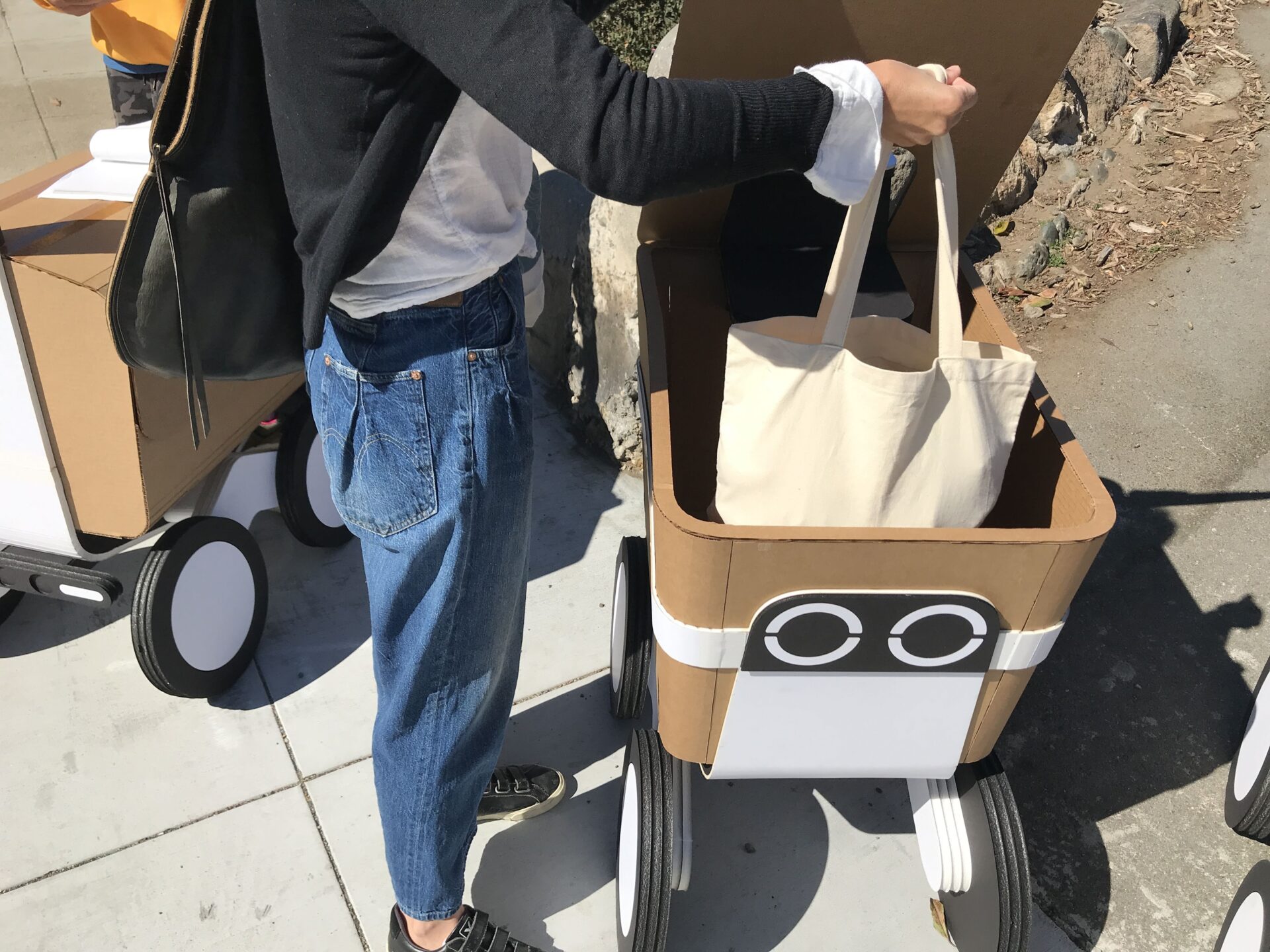
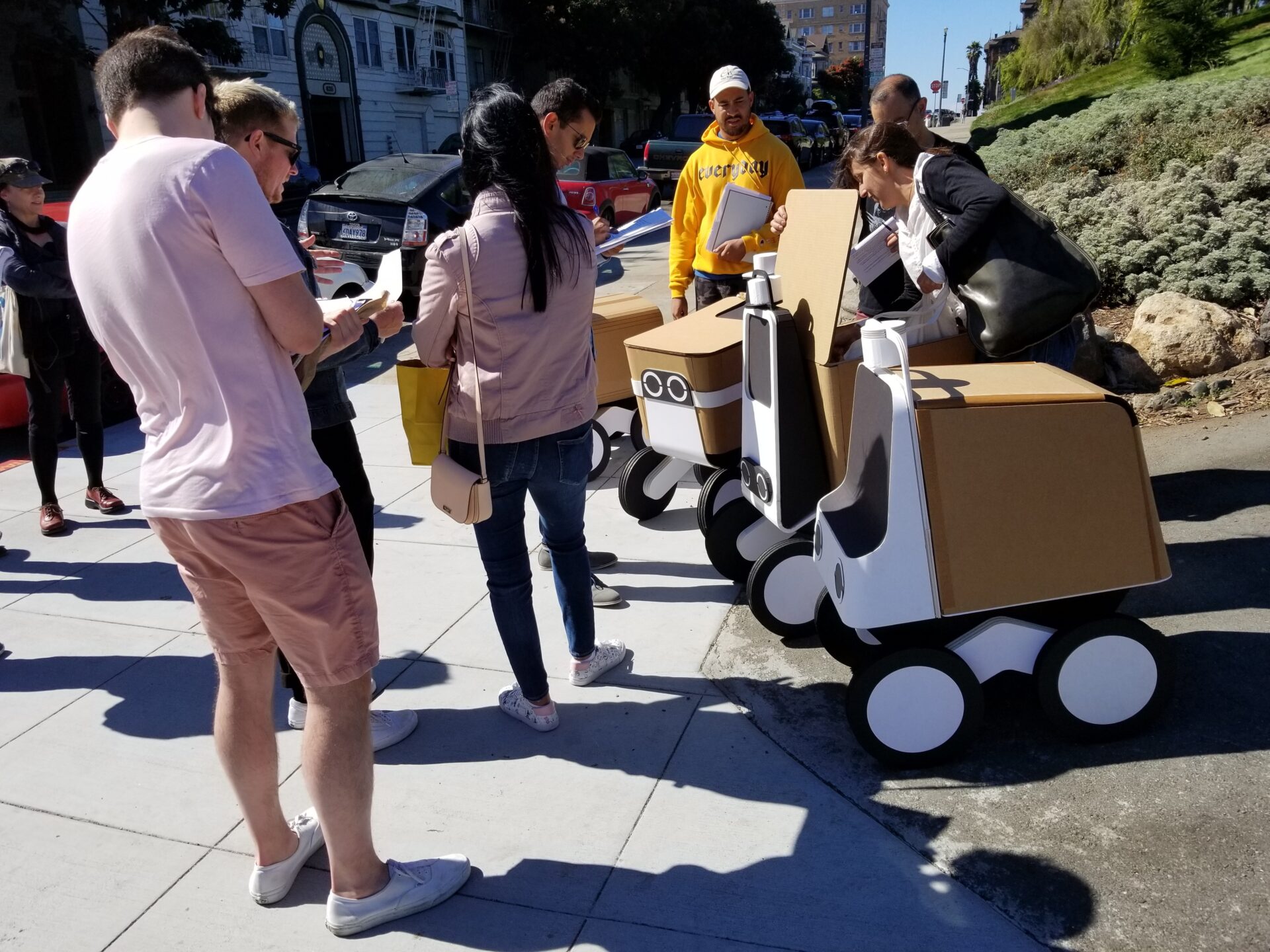
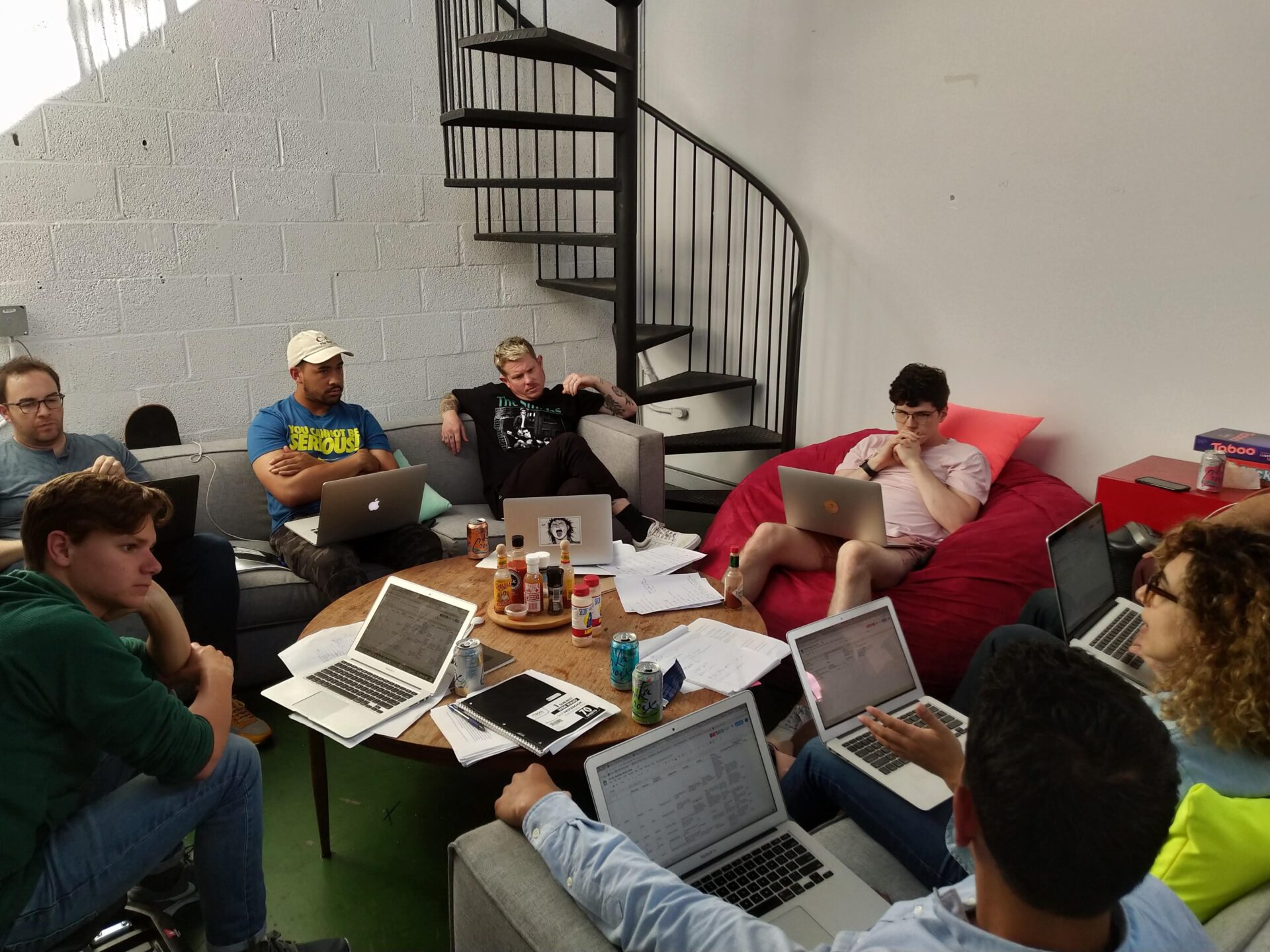
Selected Insights
- Designing Robots – For Humans
An understandable concern of autonomous vehicles is the perceived violation in replacing humans with robots. Our research guided a path toward Serve, whose form is a twist on the grocery shopping cart, a technology that is immediately recognized as a tool in service to humans. - Communicate function
Designing key behaviors like pauses, winks, and clear signaling cues helps humans feel in control of how to negotiate space and timing with the new rover. Finding the right balance of designing anthropomorphism and personality into autonomous vehicles and technologies, however, is a unique challenge best served by iterative research and design. - Offer civic value to occupy civic space
As a new player enters our sidewalks, how do we ensure a positive experience for passersby, who are not paying for its utility? Serve features bright pops of color and graphics, kind of like a public mural. One day, we hope to see local artists in cities across the US feature their masterpieces on Serve’s exterior to bring each city’s unique flavor to life. Life-saving technologies, like defibrillators, or medication, are key opportunities we should see soon.
Outcomes
Through a catalytic and transformative process, what began as too many options forged its way into one resilient fleet vehicle with a strong business case. Postmates was acquired by Uber in late 2020, and spun the X team out as its own promising startup, Serve Robotics. The team navigated a multitude of complexities in robotics development and Serve is now roving the streets of Los Angeles, delivering with delight through a strategic partnership with Pink Dot, a beloved Los Angeles grocer, and continuing a critical pilot with an East Bay senior community to learn to better serve this rapidly growing demographic.
